So you think you’ve got your life all planned out?
Graduate high school, get a college degree, land a 9 to 5 job and call it a life? Well, that’s exactly what I had planned… until I realized that’s a death plan. Not a life plan!
As a lover of the hills and outdoors, a traveling enthusiast, and a daredevil there was no way I could find myself slaving away at a company desk for the rest of my life and abandoning all my ambitions. That’s when I made up my mind to transform my mere hobby into a full-time job.
No desks, paperwork, or uncomfortable office chairs were involved. Okay, maybe a little paperwork!
Overview of Skiing
Every hobby starts off as a job somewhere! Whatever it may be. When I learned skiing, it was no stroke of personal genius that taught me to flip and skid on the rolly tumbly hills. In fact, it was an instructor that guided me to find my style and fully master the sport’s basic moves.
When thinking about what I wanted to do with the rest of my life, only one thing came to mind. Skiing! However, I wasn’t exactly made of Olympian material, and neither had such dreams.
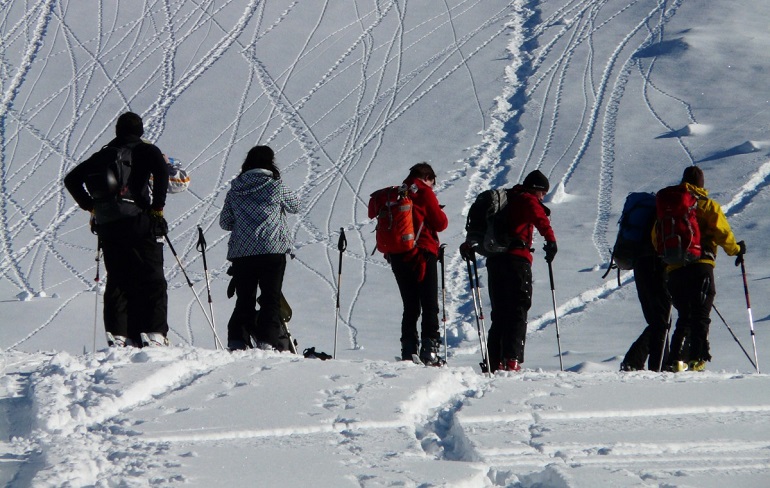
Becoming a ski instructor was the next best thing that happened to me after learning how to land my first fakie (a skiing trick where you land backward after a takeoff). It was no easy path with all the learning courses I took, practicing overtime, and paying for the courses.
But, it was all worth it in the end, so if you find yourself inclined towards making a similar decision, read on.
What Led Me to Become a Ski Instructor
Initially, when I decided to learn how to become a ski instructor, it was purely to follow my dreams and pursue the one thing I am passionate about. However, it was no easy road to take, and after only a couple of steps, I started to lose motivation and give up. Suddenly, a 9 to 5 desk job seemed a lot more promising.
Nevertheless, I powered through, and it was the little things along the way that gave me the courage to pluck up my motivation and keep it going. Some of these were:
Leaving an Everlasting Mark on People’s Lives
Just like I never forgot my first ski instructor and how they impacted my journey, life, mindset, and goals it is even more gratifying taking up that role in other people’s lives. Not just that, but sharing my own life journey and lessons with my students feels both comforting and reaffirming.
Brushing Up My People Skills
Among many other skills that I gathered over the years, teaching experience and leading a class of active, energetic, and brilliant beginner skiers helped me master the art of communication and class control. Not just that but my creativity, confidence, and teaching methods also improved to a way more advanced level. you should need to now how to ski for beginners to become a master.
Practice & Travel
Two of the most important things in the life of a skier, and I got to have them both in a package deal. Being a snowboard instructor meant I got to zoom all over the world on my skis to different areas like North America and Australia.
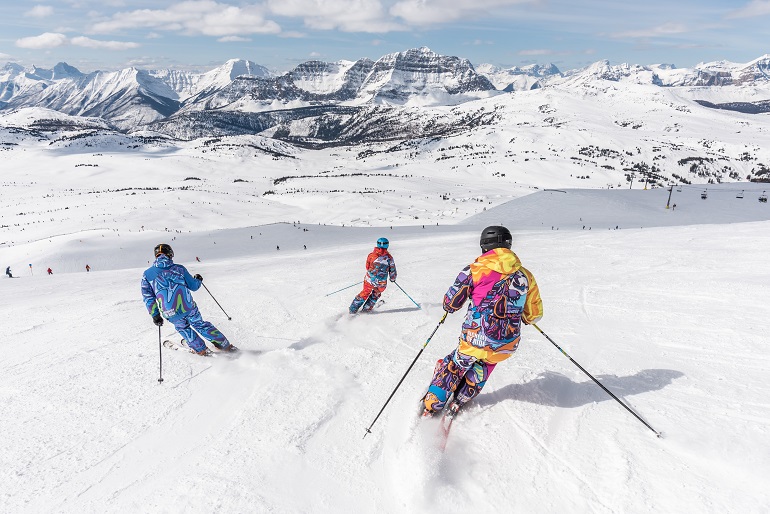
So while I enjoyed meat pies in Australia and poutine in North America, I was improving my skiing level and becoming one of the experienced ski instructors.
How to Become a Certified Ski Instructor?
In each country, there are 4 levels of certification you can obtain. The basic entry-level starts at 1 and goes up to the expert level which is 4. This of course differs with countries and awarding bodies, but typically follows the same framework.
Like, to work in France, you need qualifications to level I and level II, but in some countries like Japan, you can work with a level I qualification, depending on working visas.
However, after all that you’ve prepared and giving the exam, you can start applying wherever you want, as it is a guarantee that every country has its own ski resort. So not only do you get to enjoy your hobby as a paying job, but you also qualify as an instructor where you go.
You can begin your journey as an instructor by enrolling in a ski school or earning your qualification the hard and efficient way.
Pick Your Pathway
First, you need to determine what type of skiing you want to tutor the young minds of the future. You get to choose between telemark, adaptive, snowboard, cross-country, and alpine skiing. Once you settle on a pathway, the next step gets a lot easier.
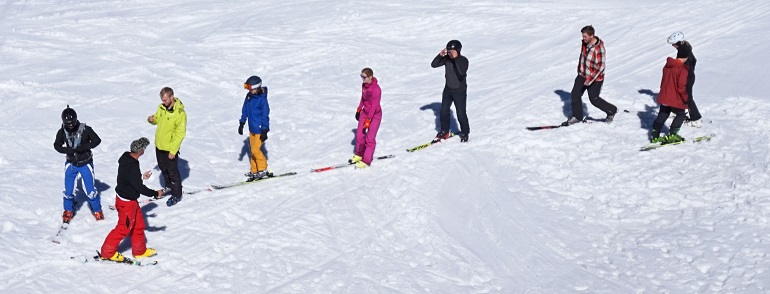
Take E-learning Courses
Once you’re done deciding your pathway, the courses you select will truly impact the way you deliver your lessons, coach your students, and execute your practice sessions.
With each ski instructor course, the techniques and tips differ as each is tailored to the specific type of skiing. The importance and relevance of these courses are to emphasize the strategy needed to master the type of skiing in particular.
However, almost every ski instructor course contains the same generic topics, which include: the significance a first effective lesson makes and understanding and utilizing the rental store. Moreover, how to introduce yourself as a teacher to a student and ways to keep students involved, interested and engaged.
Join PSIA-AASI
The PSIA and AASI are both governing bodies in America for skiers and snowboarders. The governing body for skiers is the Professional Ski Instructors of America (PSIA), and the American Association of Snowboard Instructors (AASI) is the one for snowboarding.
You can’t excel as an instructor without certification from the proper governing body.
Each certification has 3 tiers to it that are awarded purely on the basis of your skills, and some certifications are specialized for Children or Freestyling even.
The advantage you receive as a ski instructor with your affiliation to PSIA-AASI bodies is that it comes with a membership to the National Organization as well. This ensures that all external awards or certificates you receive during your teaching journey are automatically transferred to your PSIA-AASI record.
Other popular instructor qualifications in different nations include Canadian Ski Instructors Alliance (CSIA), British (BASI), and French (ESF).
Sign up for an Assessment
After enrolling in any of the relevant bodies, your next step is to register for assessments. Generally, these assessments are actually events held at different places and at different times that aid you in progressing your application.
On the official PSIA-AASI website, the event calendar is a great help where you can filter your search according to location, your discipline (type of skiing you’ve chosen to teach), and event type.
On-Snow Training in Ski Resorts
This step and the one after are the most essential ones from the ski instructor courses. Training helps you as a teacher to understand how to deliver your lessons, which tips to provide, what to look out for, and gives you an idea of what kind of challenges you could face.
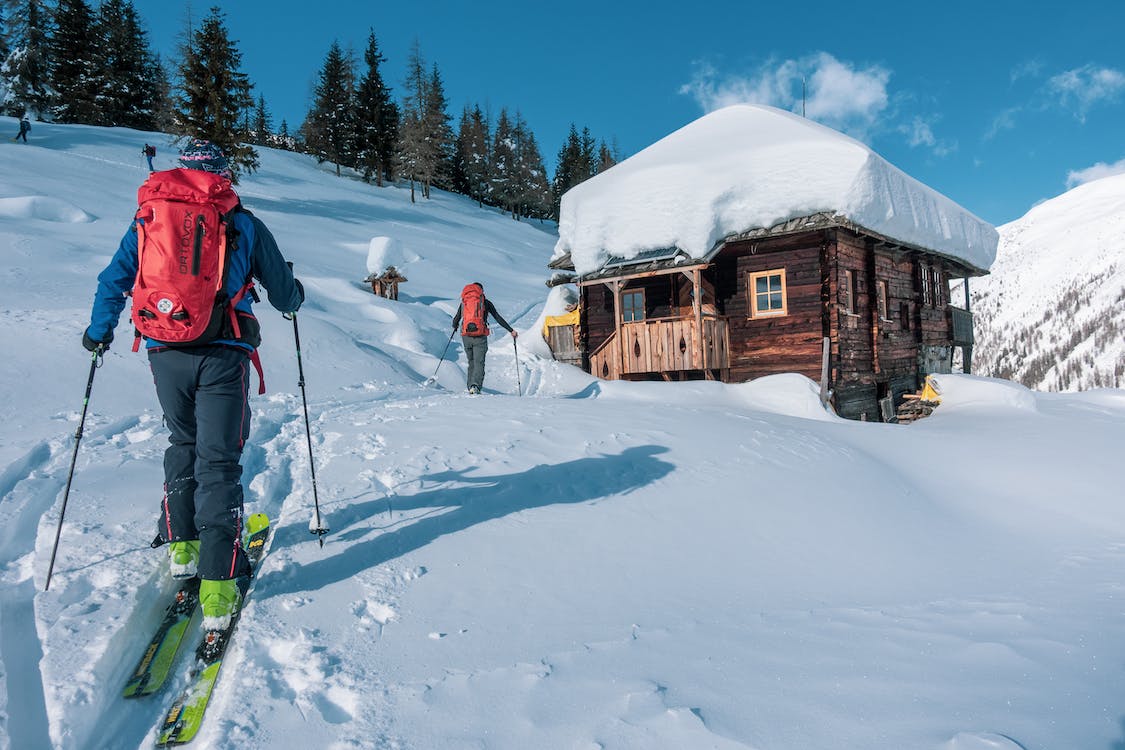
Training on the real snow tests the ski ability of both student and teacher, therefore attending these sessions beforehand prepares you for what can be expected.
Not just that, but this also improves your own skills as a skier.
Practice at a Ski Resort
In order to coach others on how to master the art of skiing, you must first perfect your art and approach. This was the part of the job that drew me in the most, because not only do I get to develop my own skiing skills, but it’s necessary for my job to do that.
Grab a buddy or two after class and hit the slopes in a ski resort, and train for as long as you want. Practice new tricks and moves.
Keep Earning CEUs
CEUs are continuing education units that are the life and soul of your membership and life as a ski instructor. As a member of the PSIA-AASI, you are required to maintain six CEUs every year in order for your membership to remain valid and active.
How Do You Earn These CEUs?
Simple! All you have to do is attend events (search for them from the event calendar on the official PSIA-AASI website) like training and clinics. And if you end up earning more than 6 CEU hours, then the additional hours can be transferred to the next year.
Once You’re Certified, Maintain Your CEUs
After you become a ski instructor, it is crucial to maintain CEUs because if you don’t your membership status changes to certified inactive. Basically what that includes is an extra ‘delinquency’ fee on your membership renewal statement.
So as you can enjoy instructor qualifications and return to your training and teach in the snow, you will be required to complete the minimum number of CEUs. For 1 year 12 CEUs are required, for 2 years 18 CEUs, for 3 years 24 CEUs and for 4 years you need 24 CEUs.
Life as a Ski Instructor
You know what they say… when you do what you love, it doesn’t ever feel like a career. Or it was something along those lines.
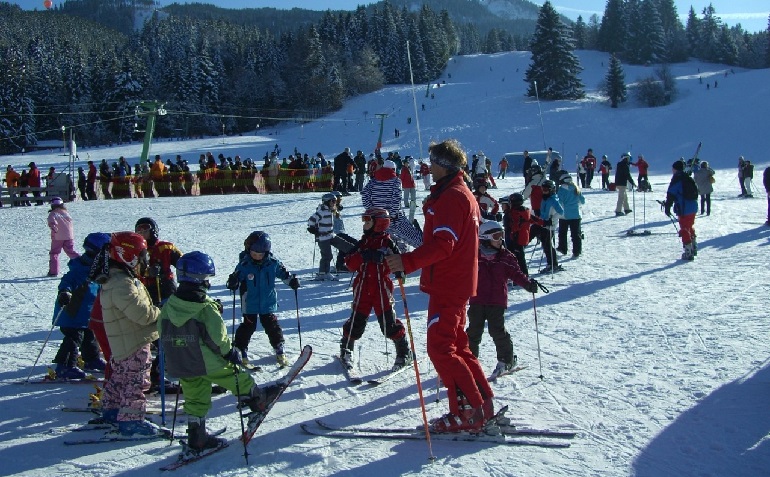
I won’t lie and say that it is a breeze. Ski instructing means you have to keep up your instructor qualifications, and teaching children is no easy task. Some of the best instructors struggle with the frustration, pain, and low patience of kids.
However, for instructors a typical day includes everything. The good and the bad. There are a hundred and one upsides that fully distract me from paying heed to the hiccups and bumps along the way.
Traveling cross country, meeting like-minded people, riding, snowboarding regardless of what season it is, getting to explore and experience winter around the globe… the memories are endless.
The money is certainly an advantage but it’s never my motivation. Mastering the skill and making friends and memories… that’s what it’s all about.
Conclusion
Follow your heart, the world will make a place for your dreams. If you wish to pursue a job as a ski instructor, work at ski resorts around the globe, and volunteer at ski schools all while getting paid for it… this is how you do it.
I hope this article helped you make up your mind and clear any confusions and questions you might have had.
Have a happy career journey! Godspeed!
0 Comments